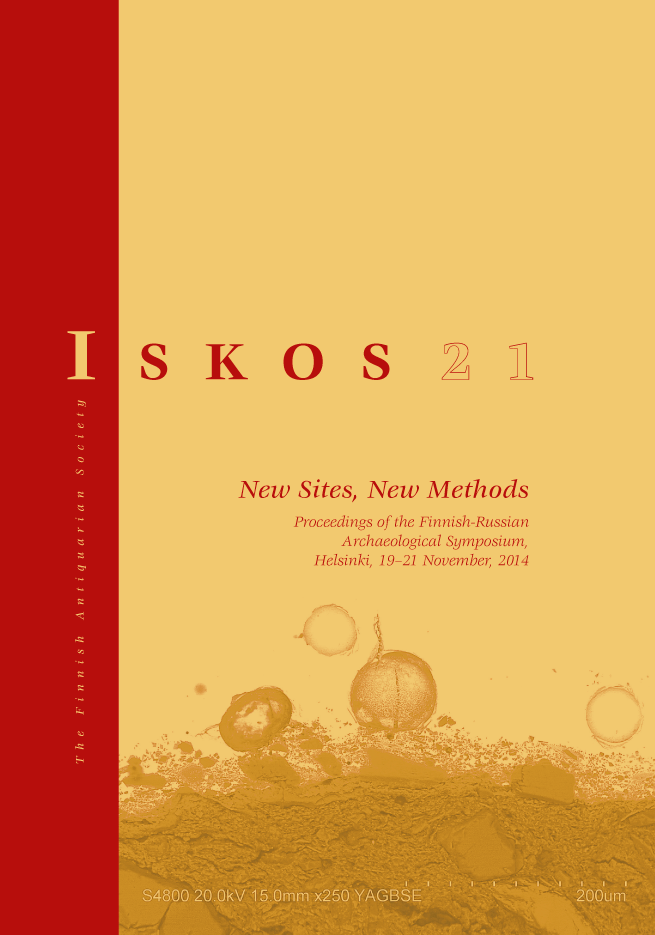The Inland Sámi Societies of Northern Fennoscandia during the Late Iron Age and Early Medieval Period: An Archaeological Approach
Abstract
This article explores the archaeological features of the inland Sámi societies of northern Fennoscandia in the Late Iron Age and early medieval period (ca. 700‒1300 CE). The traces of Late Iron Age and the early medieval dwelling sites of inland northern Fennoscandia are primarily rectangular hearths. The distribution area of the rectangular hearths is wide, from southern Norway and central Sweden to north-eastern Finland and Norway. A dwelling site most often comprises a row of hearths. The change in location of the dwelling sites occurred in approximately 700 CE, when sites began to be located near bogs, small lakes, and small rivers, in a completely different environment than earlier. The rectangular hearths are generally located in pine forests or birch forests. The bone material connected to the rectangular hearths primarily indicates wild reindeer hunting or reindeer herding. Good contact networks and long-distance travel could maintain the similarities of the societies in different sections of the area.




